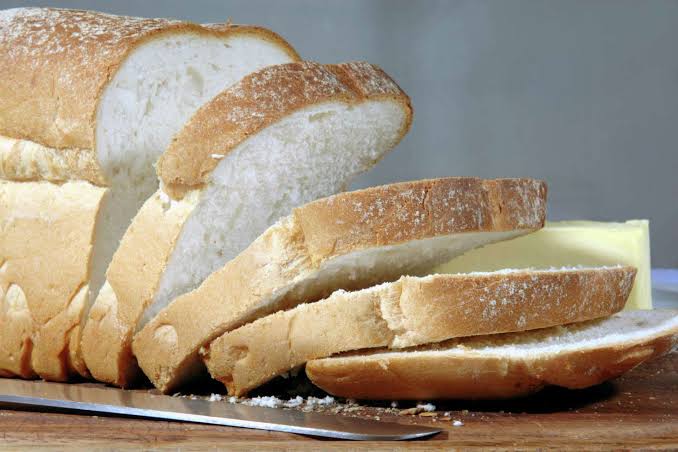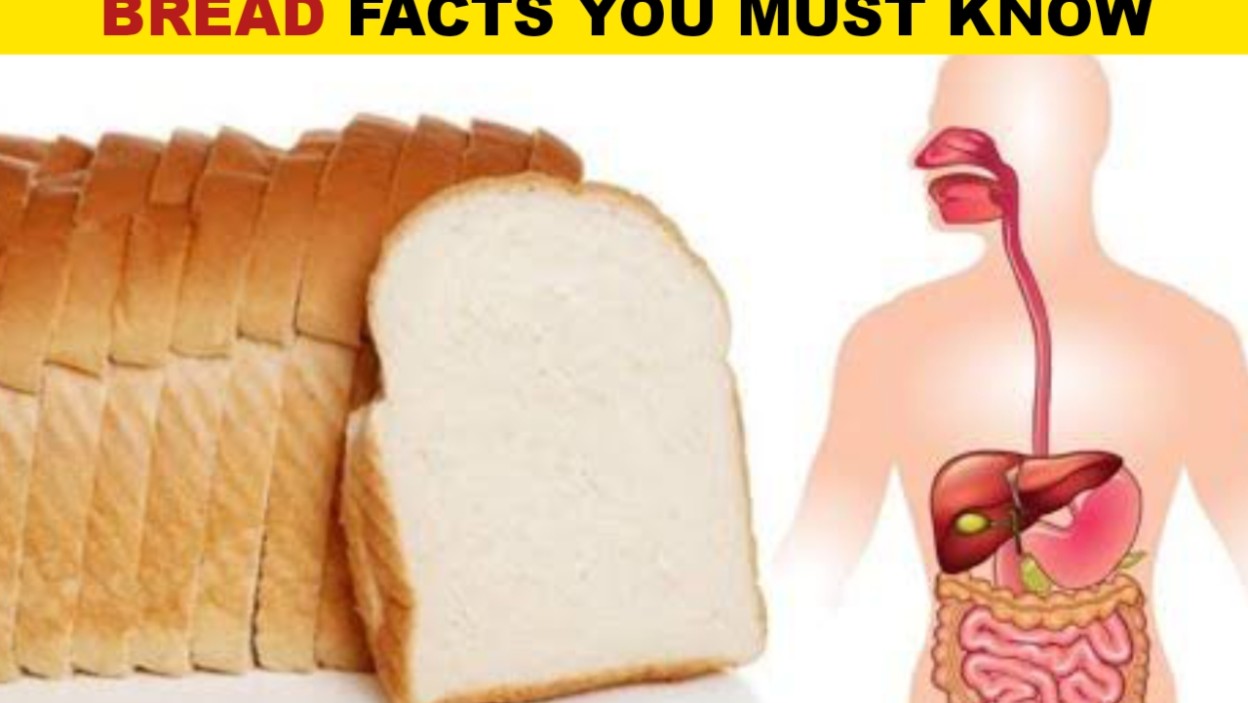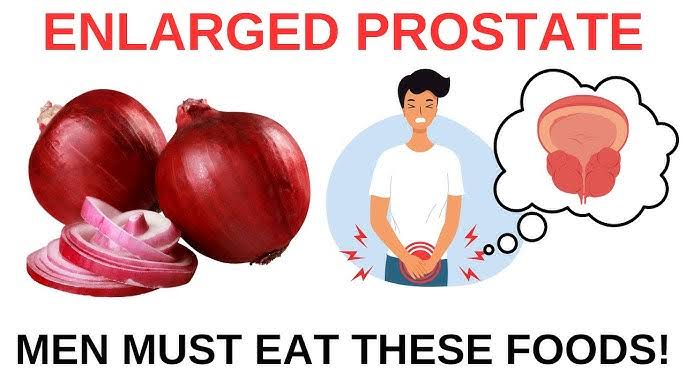There’s no denying it, bread is part of most people’s diets. Many even confess that they consider it irreplaceable for breakfast! There’s a huge variety of these products available on the market today, in addition to the traditional bakery-made bread rolls. People who care more about healthy eating tend to choose whole-grain versions; others, however, wouldn’t swap white bread for anything!
But the fact is that even the healthiest breads can’t be consumed in excess. Otherwise, they pose a number of health risks. And if you think the only risk of this excessive consumption is weight gain, you’re wrong: bread can even lead to the development of diseases like diabetes.
Side effects of eating bread regularly that you should know

Check out a list below of some of the problems that eating bread can cause, as well as information on how to consume this food properly, without harming your health:
1. Eating white bread can lead to diabetes
White bread is basically made up of processed flour (a simple carbohydrate) which has a similar effect to sugar, which can lead to insulin resistance and, in the future, diabetes.
2. White bread does not promote satiety and causes bloating
White bread is poor in nutrients and contains no fiber. In other words, eating it doesn’t promote satiety. Yeast is also fattening and causes bloating.
Therefore, it is recommended that you always opt for whole-grain bread, rich in fiber and, if possible, grains, which will provide satiety and balance cravings, without weight gain or harm to the body.
Whole-grain bread offers better nutritional quality than white bread because it contains unrefined flour. In other words, this type of bread has more fiber, which helps promote greater satiety and prevents spikes in blood sugar levels—which can have alarming long-term consequences, such as insulin resistance and excess weight.
In addition, whole-grain bread rich in fiber can be considered a healthy food, yes, as long as it is consumed in moderation.
3. Breads are high in carbohydrates and can lead to weight gain
Any type of bread contains ingredients rich in carbohydrates, whether whole-wheat, gluten-free, or made with white flour. Excessive carbohydrate consumption without increasing energy expenditure is converted into fat and this leads to gain weight gain.
Therefore, it is worth noting that not even whole grain breads should be consumed in excess.
4. Most breads contain gluten
Gluten is a protein found in wheat, oats, rye, and barley. For some people, known as celiacs, ingesting this protein is harmful to their health, causing allergic reactions.
However, it’s not just celiacs who benefit from avoiding gluten-containing products. Research suggests that frequent consumption of large amounts of the protein by hypersensitive individuals affects certain bodily functions, potentially causing symptoms such as constipation, rhinitis, asthma, arthritis, dermatitis, mood swings, anxiety, and depression. A large number of people find that their symptoms are alleviated or even disappear when they eliminate this allergenic food from their diet.
5. Many breads contain sugar
Few people know, but many breads contain sugar in their composition, which, of course, can be harmful to your health.
Refined sugar has no nutritional value. Its consumption rapidly raises blood sugar levels, increasing insulin levels and, consequently, fat deposits in the body. Furthermore, it is associated with an increase in inflammatory diseases, imbalances in the intestinal microflora, and increased proliferation of bacteria and fungi in the body.
How to choose a good bread?
Knowing the harmful effects that excessive bread consumption can cause, the question arises: how to choose “good bread”?
A good bread shouldn’t contain white flour. This is listed on food labels as wheat flour enriched with folic acid. Many so-called whole-wheat breads contain much more white flour than whole-wheat flour. It’s important to pay attention to the first ingredients listed on the food label, as these are listed from the highest to the lowest amounts in the product. In other words, the first ingredients should be whole grains (oats, rye, whole wheat, flaxseed, etc.).
In addition to whole-grain breads, gluten-free breads are also good options for rotating consumption. Ideally, you should vary the type of carbohydrate each day. The problem with gluten is that it’s consumed daily in several meals.
Adequate consumption
Ideally, you shouldn’t eat bread made with wheat flour every day, even if it’s whole wheat. It’s important to rotate it with other types of healthy carbohydrates. Some examples of healthy substitutes for bread include:
- Oat flakes
- Quinoa flakes
- Amaranth flakes
- Tapioca with chia seeds in the dough
- Pancake made with quinoa or brown rice flour
- Sweet potato
- Yam, among others.
With all these tips, it’s easier to follow a healthier diet and not overdo it on bread – which, as has been shown, can cause several health problems if consumed in excess.







